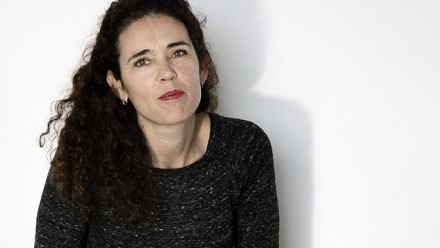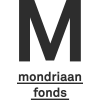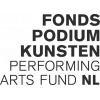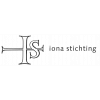About Constant 101
Constant 101 On Our Means and Perspectives is a multidisciplinary program of projects in collaboration with Dutch museums, presentation institutions, archives, individual makers, magazines, publishers and educational institutes. Constant 101 is the contemporary branch of Fondation Constant with which the foundation shapes Constant’s relationship to the here and now. The website provides a platform for projects with a relation to or reflection on the work and ideas of Constant by contemporary artists, makers, thinkers and organisations.
From July 2021 till December 2022, we celebrated that visual artist Constant Nieuwenhuys (1920–2005), known as Constant, was born 101 years ago. Where 100 years stands for a complete era to look back on, 101 stands for the transition to the next centennial. We look ahead.
Image
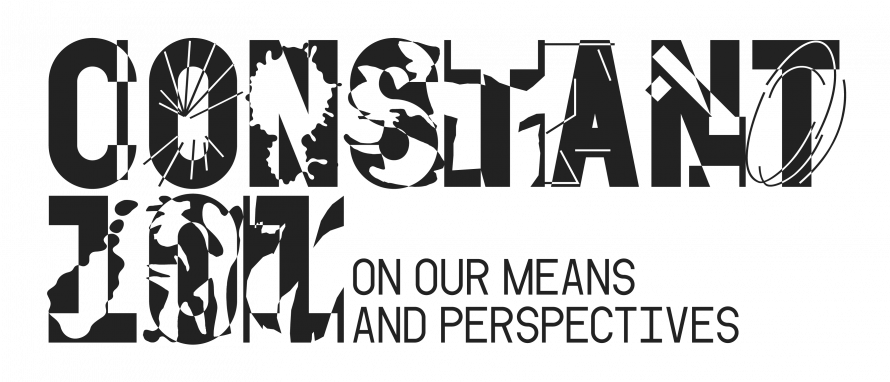
Goal
The aim of Constant 101 is to shed light on the connection between cultural heritage and contemporary makers, between history and current events. We pass Constant’s ideas on to the future generation; with new perspectives, new work, new partners, new audiences and perhaps new hope. Through the programming we offer an artistic platform to contemporary artists, makers and thinkers in relation to Constant. Within a horizontal organizational structure, we connect them with partners from different cultural disciplines, organizational profiles and regions in order to develop an interdisciplinary program, in which current practice relates to cultural heritage, archives and the Dutch national art collection. The various projects are based on the four “constants” New World, Playing Man, Collective and Conflict, Romanticism and Dialectics.
New World
Avant-garde, commitment, technology
Image
Description
With New Babylon Constant suggested a world that could not yet exist. Released from production labor, creative expression becomes the “raison d’être”. Not the goal but the journey is what drives the nomadic New Babylonian. All of this is made possible by automation. Constant believed in technological progress and rejected a dualistic worldview. He united man with the machine. As a thinker and artist, he was a modernist, an avant-gardist: a pioneer who took responsibility by constantly testing his environment against his needs and redesigning it.
Playing Man
Living space, Homo ludens, craft
Image
Description
Already in his 1948 Manifesto Constant indicated that he had great faith in the creativity of man, of the masses. In his 1955 text Kunst en leefruimte (Art and Habitat), he delved into the role that the environment should play in stimulating this innate urge in people. The search eventually yielded the New Babylon project. Constant himself filled his life with various art forms. Before leaving for his studio in the morning, he played the cymbalom for an hour and again during his lunch break. In the evenings he played the guitar, alone or with friends, read novels, poetry, philosophy or listened to music. He practiced the arts himself, but was also inspired by them. He dreamed of a world in which these arts were not practiced in secluded locations, accessible only to the bourgeoisie, but in which they would be fully integrated into the life and living space of the “homo ludens”. In fact, it was no longer possible to speak of “art”, because art is life and life is art.
Collective and Conflict
Cooperation, struggle, creatorship
Image
Description
Image
Description
Constant believed in the power of the collective. The Experimental Group Holland, CoBrA, Aldo van Eijck, Gerrit Rietveld, Néovision, Liga Nieuw Beelden, the International Situationists: he always entered into collaborations, which often failed due to lack of resources, an excess of individualistic opportunism, diverging opinions or clashing egos. In New Babylon he envisioned a new human being who would live without problems in a world where means of production were collective property. A world where life was a collective creation, where everyone created in response to the creation of the other. A world where the individual stamp of the creator faded in the process of creation, far beyond authors’ thinking and market views.
But as with the alliances that Constant entered into during his life, the conflict also crept into New Babylon. Just as from 1950 onwards war, death and aggression displaced the colorful figures in his CoBrA work, the outside world slowly forced itself on New Babylon. Aggression, violence and desolate landscapes invade his work. After Constant sold a substantial part of his New Babylon project to the Gemeentemuseum Den Haag in the mid-1970s and 1980s, he started painting again. From then on the battle became more personal. Socially engaged themes were still the connecting factor, but now from a vulnerable human perspective. No grand militant statements, but penetrating personal portraits of both “perpetrator” and victim.
Romanticism and Dialectics
Compassion, contrast, poetry
Image
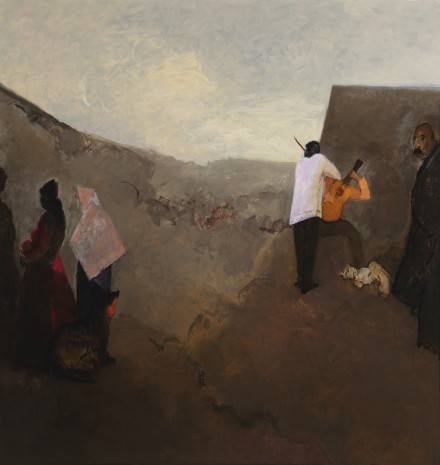
Description
Image
Description
Romanticism and dialectics are the fourth “constant” following conflict and strife. In 1956 Constant wrote about his vision of creativity: ‘The experiment can only exist as an antithesis to the prevailing aesthetics, the experiment is therefore dialectical by virtue of its essence…’ [1] Following this line of reasoning he made a note circa 1980: ‘That which is no longer allowed’ in the visual arts: human sentiment, a ‘literary’ theme, an ‘aesthetic’ surface, a personal handwriting, spatial use of color, symbolism, memory of traditions, reference to something existing, criticism of morality. In short, art is no longer allowed. That is why I try to give my paintings all the above-mentioned characteristics.” [2]
From 1974, when Constant officially concluded his New Babylon project with an exhibition at the Gemeentemuseum in The Hague, he devoted himself completely to Romanticism. In lyrical colors he expressed what touched him: the struggle of the oppressed, Roma culture, music, literature, poetry, philosophy, animals, eroticism; but also betrayal, injustice and war. Within his oeuvre, this period touches closest upon Constant as a person.
[1] Constant. Dialektiek van het experiment. 1965, p. 2.
[2] Uit zijn persoonlijke notities, ca 1980
On Our Means and Perspectives
On Our Means and Perspectives was the title of a text by Constant in Internationale Situationniste, no 2, December, 1958. The text consists of notes of a written debate between Constant and Jorn, which started in September 1958. Quote:
Machine work and mass production offer unheard-of possibilities for creation, and those who know how to put these possibilities at the service of an audacious imagination will be the creators of tomorrow. The artist’s task is to invent new techniques and to utilise light, sound, movement, and any invention whatsoever that might influence ambience. Without this, the integration of art in the construction of the human habitat remains as chimerical as the proposals of Gilles Ivain.
It signifies a checkpoint in which we evaluate exactly that, our means and perspectives, as human beings, as artists, as a planet. It holds both a point in and the fluidity of time.
Team
The Constant 101 team consists of project director, Kim van der Horst, curator-at-large, Zippora Elders and researcher and social media copywriter, Isaäc Vogelsang. Special thanks goes out to former assistent and wing woman, Eliane Odding.
Image
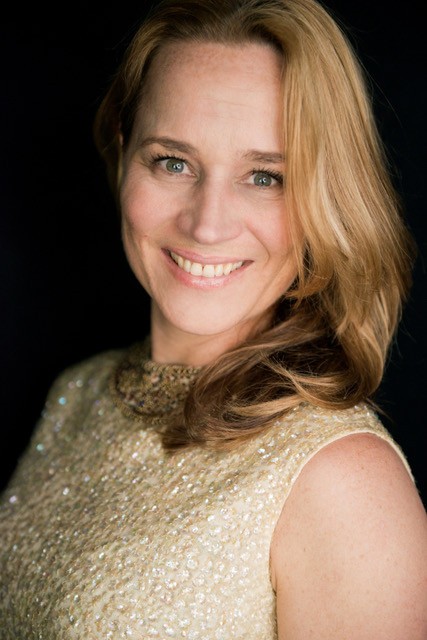
Description
Image
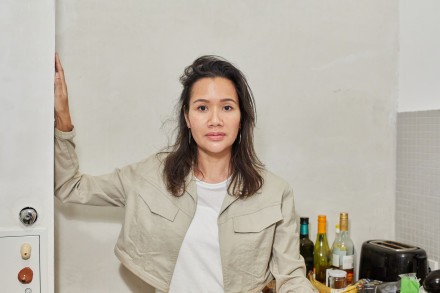
Description
Image
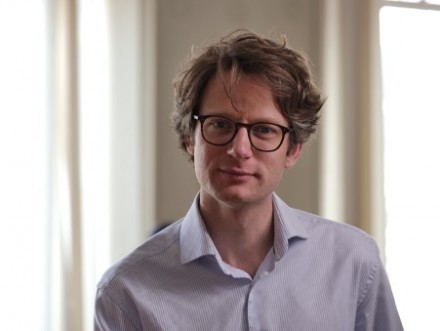
Description
Advisory Board
- Ben van Berkel
- Fiep van Bodegom
- Marcel Hummelink
- Machteld Kors
- Robert van Altena
Image

Description
Image
Description
Image
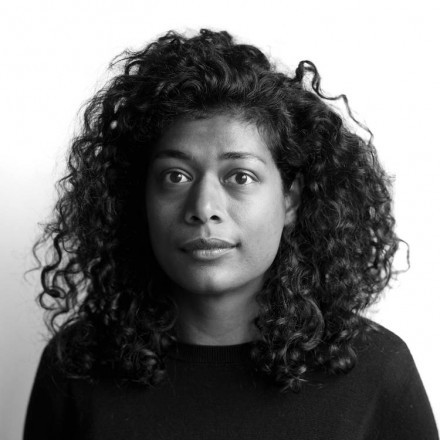
Description
Image
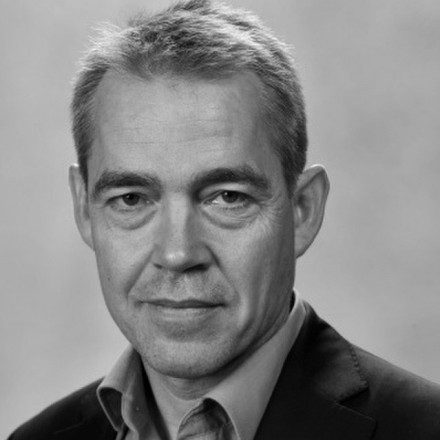
Description
Image
